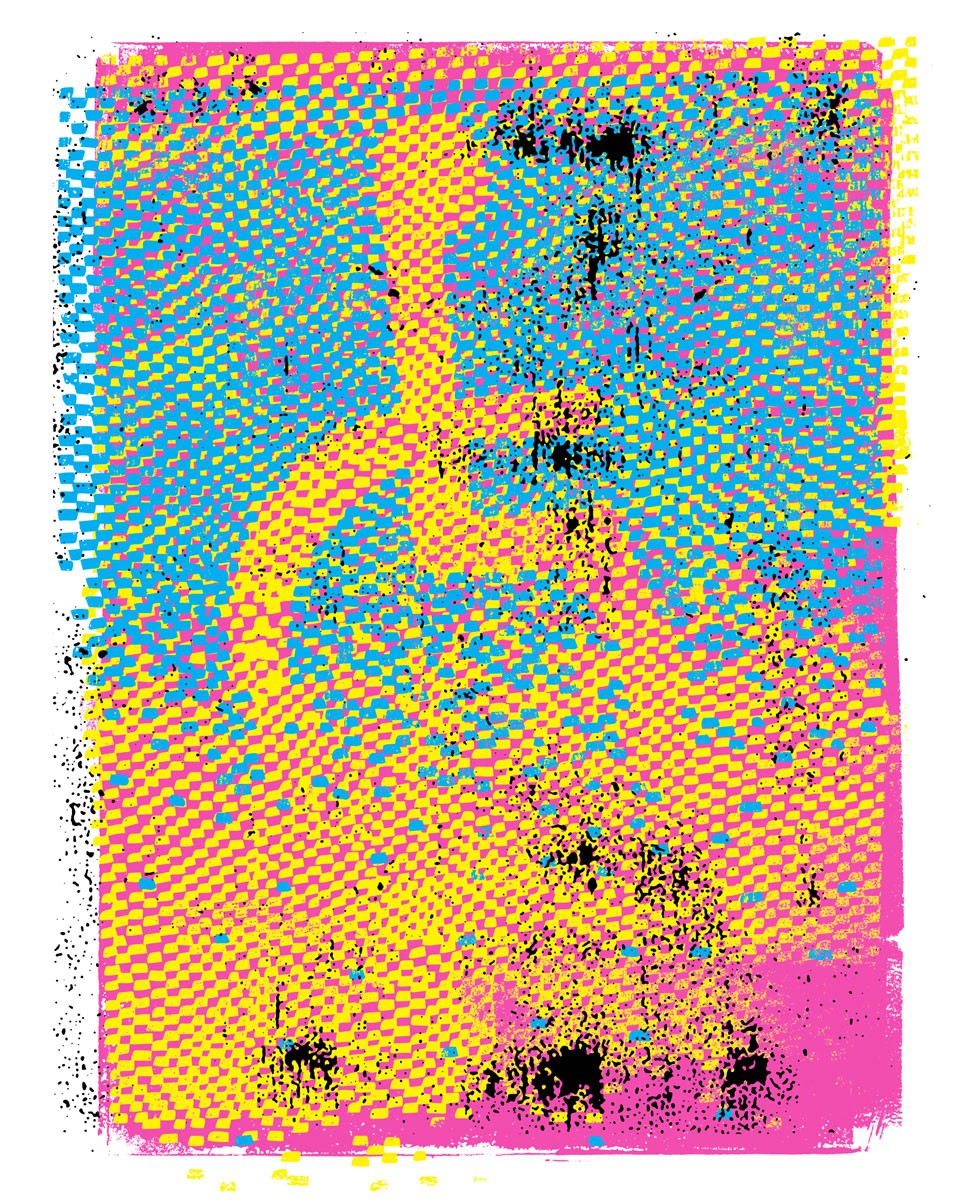
A few years ago, I tried to take a bus to a small town outside of Toronto. I checked to confirm that the bus I wanted offered accessible service, and when I arrived at the station I was relieved to see a bus with the International Symbol of Access (ISA) pull up in front of me. But when I asked the driver to let me use the lift to get on, he looked at me incredulously and said I couldn’t use the lift unless I was seated and secured in a wheelchair. Although I couldn’t climb the steep bus steps, I wasn’t a wheelchair user. In that moment, as I stared at the ISA sign, I realized that I was both disabled and not disabled enough – or not disabled in the right way to access this accessible bus.
Having continually faced this kind of barrier to accessibility, I took a keen interest last September when the lieutenant-governor of Ontario, David Onley, launched an international design challenge entitled Reimagining Accessibility in an effort to redesign the ISA.
The ISA is the most common representation of disability and accessibility in the world. In opening the design competition, Onley noted that, despite its universal use, the ISA is an exclusionary symbol that narrows the diversity of disability and accessibility to the uniformity of a wheelchair. The current ISA suggests access is about accommodating wheelchairs through ramps, elevators, and electric door openers. Left out of this image of accessibility is the majority of disabled people for whom accessibility is less about ramps and more about sign language interpreters, scent-free environments, auditory announcements on public transit, and a host of other requirements.
Onley was right to highlight the limits of the wheelchair as the symbol of accessibility. But what his design challenge can’t address is what it means to have a symbol of accessibility or disability at all – and how such an icon limits what kind of disability politics are even possible.
The rise of the wheelchair sign
Back in 1968, Rehabilitation International, a disability rights organization, held a design competition like Onley’s to come up with a graphic representation of access. Remarkably, all entries submitted to the international competition were representations of wheelchairs or wheelchair users. Susanne Koefoed, a Danish graphic design student, won the competition with her design of a white outline of a wheelchair within a black square. Rehabilitation International’s committee changed her design, humanizing the wheelchair by adding a head to Koefoed’s design and placing the figure within a blue square. The sign was approved and promoted globally in 1969.
The influence of wheelchair users on this early conception of access arose from the postwar development of the wheelchair itself. In 1933, two mechanical engineers – Herbert Everest, who had become disabled in a mining accident, and Harry Jennings – made the first semi-portable, self-propelled, folding wheelchair out of lightweight metal aircraft tubing. In 1945, the Canadian government purchased over 200 wheelchairs to provide to war veterans. While ostensibly a story of a concerned government looking out for its veterans, the arrangement also had an economic logic. The Canadian government agreed to purchase the new devices to get veterans out of hospitals and long-term care institutions and back into the labour force.
With the development of lightweight, portable wheelchairs and the later introduction of electric wheelchairs, the wheelchair became a tool for disability-based political action. In the 1960s, a group of radical quadriplegic students in Berkeley called the Rolling Quads used their electric wheelchairs to occupy space and demonstrate against inadequate state services in California. At the time, Ed Roberts, a member of the Rolling Quads, said: “If they don’t see me as a human being, if they only see my equipment, I know that I can get whatever I want out of them.”
The success of these demonstrations eventually led to the founding of the Physically Disabled Students’ Program (PDSP) in 1970, an organization run by and for disabled people that repaired wheelchairs, provided personal assistants, and helped disabled students access funding. The PDSP was a precursor to both Berkeley’s Center for Independent Living (CIL) and the international independent living movement, and it played a key role in stimulating the disability rights movement across North America.
“[Independent living] was a revolutionary concept at the time,” Roberts later said. “Most people never thought of independence as a possibility when they thought of us. But we knew what we wanted, and we set up the CIL to provide the vision and resources to get people out into the community.
“We secured the first curb cut in the country, at the corner of Bancroft and Telegraph Avenue [in Berkeley]. When we first talked to legislators about the issue, they said ‘Curb cuts, why do you need curb cuts? We never see people with disabilities out on the streets. Who is going to use them?’ They didn’t understand that their reasoning was circular. When curb cuts were put in, they discovered that access for people with disabilities benefits many others as well.”
Looking back, what activists must contend with is that while the wheelchair allowed some disabled people to live independent lives and attain employment with the support of the welfare state, the disability rights and independent living movements emerged alongside the rise of neoliberal policies of deregulation, privatization, and individualization. Thus, the independent living movement gained momentum at the same time that the government began denying funding to unionized positions in nursing homes and other institutions while trumpeting the cost-effectiveness of using flexible labourers as personal attendants.
This deregulation of the workplace brought significant changes to care providers’ safety and rights while governments and businesses promoted public-private partnerships in mental health, rehabilitative services, and various forms of outpatient community services. As a result of these measures, government responsibilities have been downloaded onto municipalities, non-governmental organizations, grassroots organizations and charities, or individual families.
One of the biggest political challenges, then, is not that the ISA does not adequately represent the diversity of disability. Rather, the tougher challenge lies in the way in which the ISA, as a child of neoliberalism, marks disability and accessibility as a problem for some individuals instead of portraying accessibility as an issue for all.
The disabled and the normal
“Putting the access symbol on a door or a bathroom stall divides who is considered disabled from who is considered able-bodied,” says Toronto-based disability writer and activist Eliza Chandler. “People using wheelchairs are juxtaposed to everyone else. The image leaves no room for the complexity of disability, for the ways in which disability is context-dependent.”
By designating spaces that are accessible to wheelchair users in contrast to spaces that are not, the ISA splits the world between the disabled and those deemed normal. Such a division of space flies in the face of universal design and notions of collective access. In creating separate spaces, the ISA makes it seem as if the able-bodied do not require access and ignores the ways that most people move between levels of ability throughout their lives.
“Someone may get migraine headaches from fluorescent lighting – that limits the kind of spaces they can be in,” Chandler notes. “Or someone could break a leg, have particular needs during pregnancy, or simply have changing access needs as a result of growing older or experiencing a traumatic event. These are just a few examples of the ways in which people move in and out of needing different forms of access.” In place of this binary between the disabled and able-bodied, activists like Chandler ask us to think about disability in terms of the changing forms of embodiment and access that are part of the human condition itself.
When access is thought to be an issue for abnormal people, disability becomes an individual problem. As a result, we tend to ignore the ways in which disability involves broader social relations, including access to adequate health care and decent housing, loss of labour rights, and exposure to pollution. Slapping the wheelchair symbol on a bathroom stall reduces disability to an individual in a wheelchair rather than marking disability as fluid and contextual. “It is much easier to put up a sign than change social relations,” says Chandler.
Redesigning normal
Even recent grassroots attempts to redesign the ISA do not fully escape the neoliberal representation of disability as an individualized problem. For example, the Accessible Icon Project in the U.S. redesigned the ISA as a more active icon, emphasizing an independent wheelchair user in motion. The redesign focuses on the mobility of the person using the wheelchair, in contrast to the immobile, static, and passive wheelchair user of the traditional ISA. By focusing on the abilities of the wheelchair user, emphasizing the motion of the individual, and situating the disabled person as the driver, the redesign seeks to “suggest the dynamic mobility of a chair user” and represent the user’s “active status of navigating the world.” This redesign of the ISA makes the person, not the wheelchair, the focus, suggesting that people are more than their disabilities.
Nevertheless, the design continues to highlight the individual rather than the social dimensions of disability and impairment. This more active icon has begun to appear across the U.S. and has replaced the older ISA in cities such as Austin, El Paso, New York, and Boston.
Should we be surprised that the Accessible Icon Project behind the design has recently paired up with corporate sponsors who relish the commercial potential of this upbeat take on disability? The disabled person of this redesign doesn’t need the welfare state to push her wheelchair. Instead, this upwardly mobile subject wheels herself wherever neoliberalism will take her, corporate sponsors and all.
More recently, in November 2013, the City of Vancouver passed an adaptable housing bylaw that requires all new housing units built in Vancouver to include wider stairways, higher electrical outlets, main-floor bathrooms, and lever handles (rather than doorknobs). Such a bylaw imagines a diversity of people living in these homes. Rather than requiring a limited number of fully accessible units be built with every new development, the bylaw focuses on the small ways in which all new developments can have the necessary infrastructure in place to make a home accessible or more affordably adaptable to a variety of people. While this bylaw is by no means a panacea for disabled people in Vancouver, it attempts to do something very different than the Accessible Icon Project or Onley’s redesign.
From this vantage point, it is not enough to redesign the ISA to be more inclusive of varying disabilities or to promote a more mobile wheelchair user. Rather, we must fight to eliminate the need to even have a symbol of access. How would the world look – for everyone – in light of a larger social project oriented toward universal design, collective access, and the recognition of a diverse range of embodiment? Disabled people don’t need a better sign; we need a better world.



_780_520_90_s_c1.jpg)


